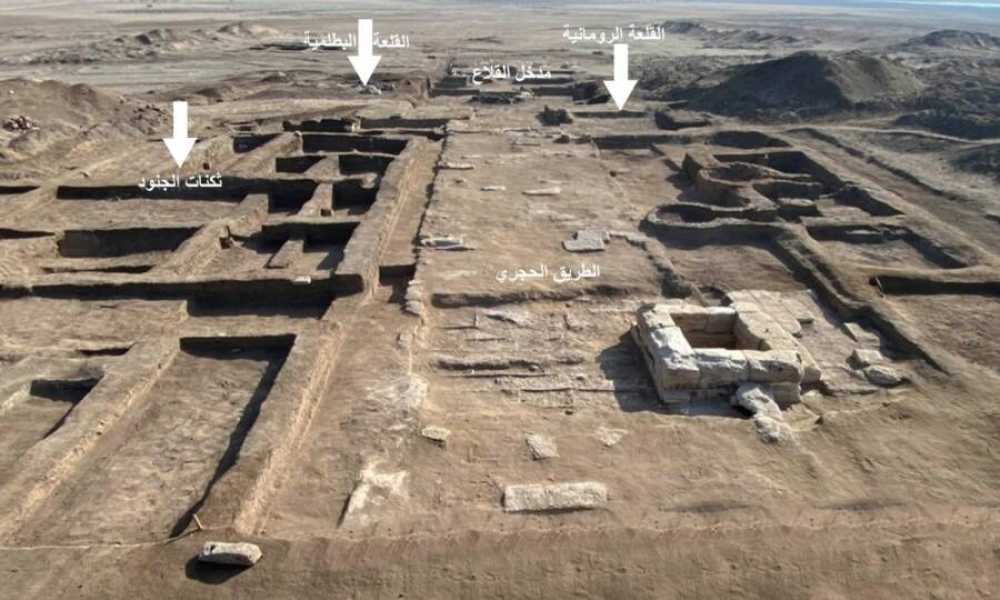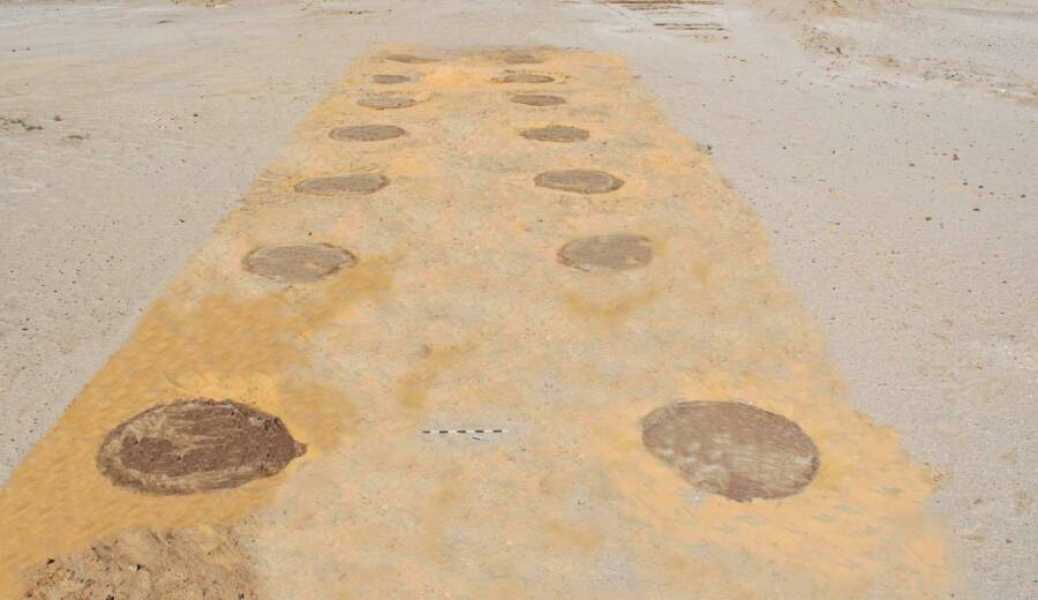Researchers excavating at Tell Abu Saifi in the Sinai Desert also found barracks for soldiers, a 328-foot-long road and four large lime kilns.

Egyptian Ministry of Tourism and AntiquitiesThe rectangular buildings in the fortress were probably used as living quarters for soldiers and their families.
The results of the new excavations were detailed in a statement by Egypt's Ministry of Tourism and Antiquities, where Minister Sharif Fathy stressed the significance of the discoveries, noting that they provide new insights into life in the ancient Egyptian fortress at Tell Abu Saifi during the Hellenistic and Roman eras. The fortress served as an important military and industrial center for centuries before it was finally abandoned.
According to Dr. Mohamed Ismail Khaled, Secretary General of the Supreme Council of Antiquities, the aim of the excavations was to create a clearer picture of the architectural design of the eastern gate of previously discovered Ptolemaic and Roman fortresses at the site. This would give archaeologists a deeper understanding of the structure of defensive fortifications at the time.
At the same time, a large defensive trench, or moat, more than six and a half feet deep, was found at the entrance to Ptolemy's fortress, which was probably part of a defensive system that could be destroyed if necessary.
All of this, Khaled noted, contributes to a more accurate reconstruction of Egypt's defensive positions along its eastern borders. It also confirms that Sinai has always been Egypt's eastern gateway and first line of defense.
A wide tree-lined avenue that once led to the entrance to the fortress

pMore than 500 clay circles were also found on both sides of the road, which are believed to have been used to plant trees that decorated the entrance to the fortress during the Ptolemaic era./p pThe excavations also revealed living quarters from the Roman era, giving a clearer picture
Sourse: www.allthatsinteresting.com





